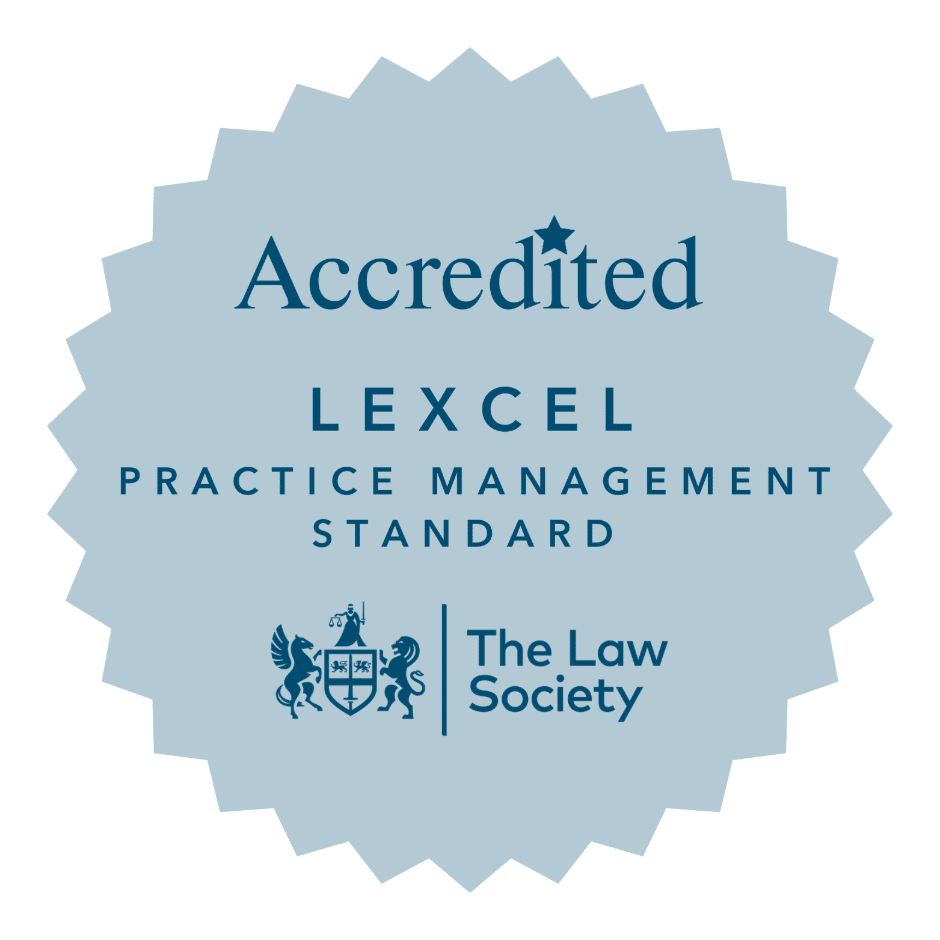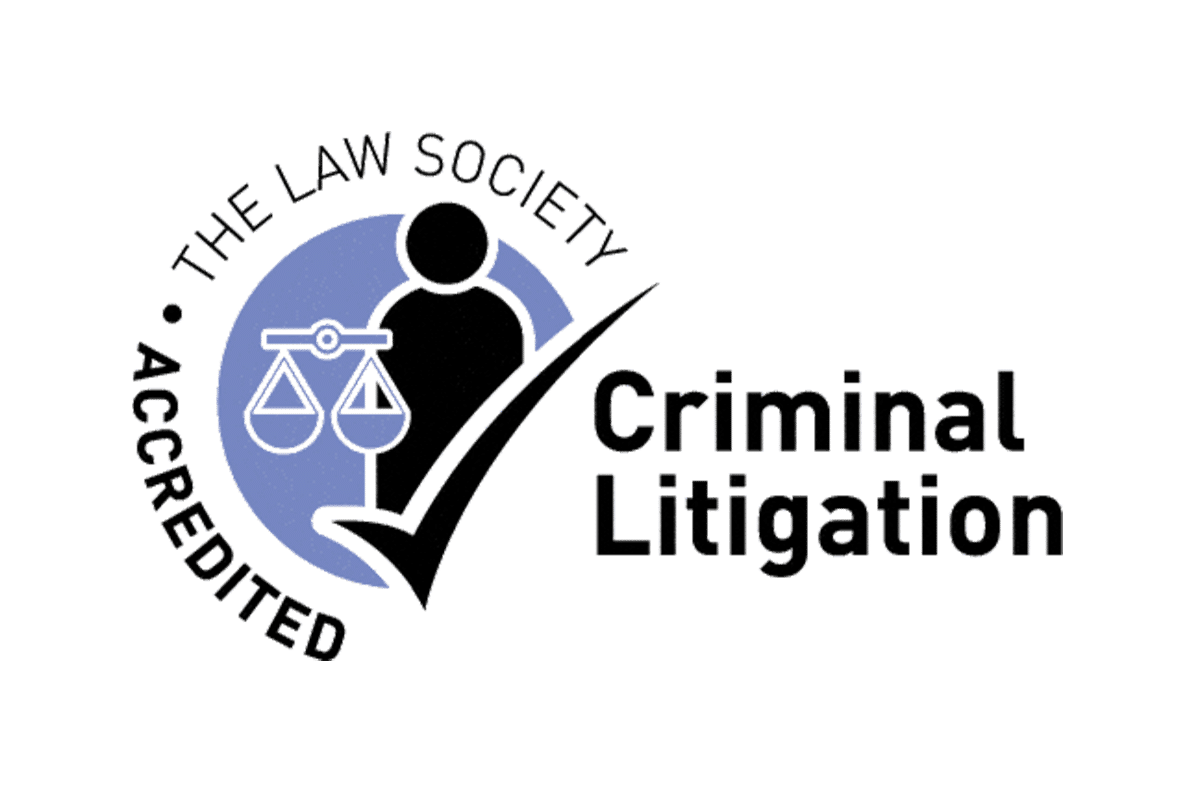What Forensic Evidence Can and Can’t Prove
When studying forensic science, you are often asked if it is like CSI, with all the instant elaborate cracking of cases and dramatic lab breakthroughs.
In reality, forensic evidence is an important aspect in some criminal cases but it is not always as definitive as made out.
If you are currently undergoing an investigation and believe forensics may play a key part within your case, it could be helpful to understand what can, and can’t, be proven by using this scientific tool.
What Counts as Forensic Evidence?
Forensic evidence is any scientific or technical information gathered to help answer legal questions. Common types include:
- DNA evidence (blood, saliva, skin cells, hair)
- Fingerprints
- Ballistics (firearms and bullets)
- Digital forensics (data from phones, computers, GPS)
- Toxicology (alcohol, drugs, poisons in the body)
- Trace evidence (fibres, soil, glass, paint, gunshot residue)
- Forensic psychology or pathology (cause of death, mental state evaluations)
Each of these tools can provide useful clues. But none of them are “magic bullets” that automatically prove guilt or innocence.
What Forensic Evidence Can Prove
- Connection Between a Person and an Object or Place
DNA or fingerprints can show that someone touched or was present at a certain location. For example, if a person’s fingerprint is found on a weapon, it means that person touched or handled the weapon at some point (if the print contains a sufficient amount of information to conclude it belongs to that person).
- Timing and Sequence of Events
Toxicology can show when alcohol or drugs were in someone’s system. Digital records can reveal when a message was sent or when someone’s phone was in a certain area. Ballistics can connect bullets to a specific gun. These pieces of evidence help create a timeline.
- Support for a Theory
Forensic results are often used alongside witness testimony, security footage, and other evidence. For instance, fingerprints within a car used during a burglary could be explained away by stating that the defendant had travelled in the car during a different
Period in time and not at the time of the burglary. However, if the fingerprints were found within the car and cell site data places the defendant’s mobile phone within the area of the burglary, this combination makes the weight of the forensic evidence greater.
It is important to remember that a lack of forensic evidence can also be a key factor when defending allegations. If, for example, a person is alleged to have committed a crime where a particular forensic evidence type would be expected to have been passed between the alleged victim and assailant, say during a violent altercation where biological samples such as blood would be expected to be present, the lack of such findings can be used as strong evidence that the defendant was not present during the alleged crime.
What Forensic Evidence Can’t Prove
- Guilt Beyond All Doubt
Just because someone’s DNA or fingerprint is present doesn’t prove they committed a crime. It only shows they were there, or had contact with something or someone, at some point. That’s why context matters.
- Exact Timing
Forensic tests usually can’t say when evidence was left. A fingerprint on a doorknob might have been made minutes ago, or months ago. DNA on a shirt could come from casual contact, not necessarily during a crime.
- Intent
Science can’t read someone’s mind. Forensic evidence can’t prove why someone acted a certain way — whether it was accidental, intentional, or in self-defence. That part comes from witness testimony, arguments, and legal interpretation.
- Absolute Certainty
No test is 100% foolproof. Labs can make mistakes, samples can get contaminated, and results can be misinterpreted. That’s why courts often require more than one type of evidence before reaching a decision.
Common Myths About Forensic Evidence
Many people come into court expecting science to provide crystal-clear answers. Here are a few myths to be aware of:
- Myth: DNA always means guilt.
Truth: DNA shows contact, not intent. Innocent explanations are often possible. - Myth: Lab results are always correct.
Truth: Although not common, mistakes and human error do happen, from collection to analysis. It is therefore paramount that your legal professional understands the processes and is ready to test any forensic evidence served by the crown against you.
Challenging forensic evidence doesn’t mean science is “bad.” It means the court must be sure that the evidence is both reliable and relevant before it influences a verdict.
- Myth: Every crime scene yields usable forensic evidence.
Truth: Sometimes there isn’t enough material to test, or it’s too degraded to be reliable.
- Myth: Forensics is fast.
Truth: Real lab testing can take weeks or months, not minutes like on TV.
How Forensic Evidence is Used in Court
An expert witness will be asked to provide a report and may be called to give live evidence during a trial. Their role is to explain their findings in a way that the jury can understand to assist them in determining their ultimate decision regarding the verdict. It is important to remember that the expert is there to give their opinion on findings in a unbiased, independent, and professional manner. Regardless of whether they have been instructed by the prosecution or the defence, expert witnesses do not have ‘a side’. They must report their true findings, even if those findings do not assist the case for the party instructing them.
They are not there to determine guilt. That is a matter for the jury and the jury only to decide, once they have heard all aspects of the case.
The Bottom Line
Forensic evidence is a powerful tool, especially when used in conjunction with other evidence sources.
If you’re facing criminal charges where forensic evidence is involved, it is essential to work with a criminal lawyer who understands the examination processes in order to test findings and evaluate the evidential weight each forensic type could give to your case.
How Old Bailey Solicitors Can Help
We specialise in representing individuals who are navigating the criminal justice system for the first time. We can assist you from the moment of arrest or police interview, through to court proceedings and beyond. Our role is to ensure you understand your options, protect your rights, and present the strongest possible case – whether you’re disputing the allegation or looking to minimise the consequences of a guilty plea.
If you require legal representation, contact Old Bailey Solicitors on 0207 8464 999 or at [email protected]






Leave a Reply